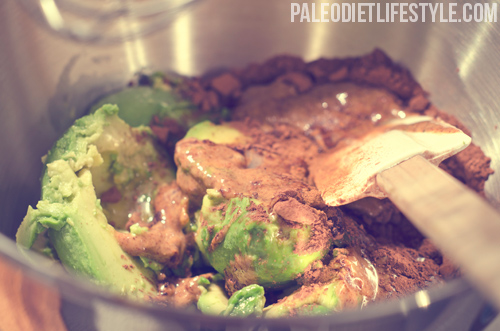By Steve Maxwell
Mobility, or joint mobility, is the ability to move a limb through the full range of motion--with control. Mobility is based on voluntary movement while flexibility involves static holds and is often dependent upon gravity or passive forces. Mobility demands strength to produce full-range movement, whereas flexibility is passive, thus not strength-dependent. Some authorities refer to mobility as 'active flexibility'. It is possible to have good mobility without being especially flexible, just as one can be flexible with poor mobility, i.e., control. Of the two, mobility is more important. It is better to be inflexible with good mobility than flexible with poor mobility. The percent difference between your mobility and flexibility is the same percent chance of creating a musculo-skeletal injury during physical activities.
Sports, recreational activities and other daily physical practices can result in reduced range of movement in any participating joint. When the joint is unable to move through its full range, we call it compromised. When compromised movement is present in a joint, surrounding joints take up the slack, creating extra stress all around. A typical example are immobile ankles and feet underlying stress and injury to the knees, hips, and lumbar spine. It's a cascade effect, albeit in reverse: the body tissues are held together with sheets of connective tissue called fascia, so stress extends upwards from the feet. Poor mobility in one area can cause pain and stress in seemingly unrelated areas, but once fascial anatomy is understood, the idea that immobile feet could cause neck or shoulder stiffness is no longer a conundrum.
Mobility work reduces the potential body imbalances inherent in our athletic and recreational pursuits. For example, it's widely accepted that running for distance shortens the hamstrings, calf muscles and hip flexors, resulting in decreased free movement in simple full-range exercises, such as bodyweight squats. Well-documented is the compromised range produced by heavy weight-lifting and body building strength sports--yet, properly conducted, weight training can improve range of motion! All too often, in practice, weight lifters endow themselves with tight, restrictive movement by over emphasizing short-range movements and excessive hypertrophy. Worse, especially in the U.S., is that ubiquitous non-activity: sitting. Sitting in a chair, at a desk, while hunching over a computer is a recipe for a compromised structure full of imbalance and continual pain.
The solution? A joint mobility program. Joint mobility exercise stimulates and circulates the synovial fluid in the bursa, which 'washes' the joint. The joints have no direct blood supply and are nourished by this synovial fluid, which simultaneously removes waste products. Joint salts, or calcium deposits, are dissolved and dispersed with the same gentle, high-repetition movement patterns. Properly learned, joint mobility can restore complete freedom of motion to the ankles, knees, hips, spine, shoulders, neck, elbows, wrists and fingers. It's especially important to keep the spine supple and free and if there were such a thing as a fountain of youth, joint mobility exercises come very close.
Use mobility exercises as a warm up, an active recovery during other activities, or as a stand-alone workout. You can rejuvenate yourself and reclaim the movement of a child with a good joint mobility program. Joint mobility makes a wonderful, energizing morning recharge and sets the day up on the right foot.
This is a great post and one I find to be more important as I study it. It is also the area that most people neglect, so commit to a good mobility program and reap the benefits!
Get Strong! Stay Strong!
Chris


